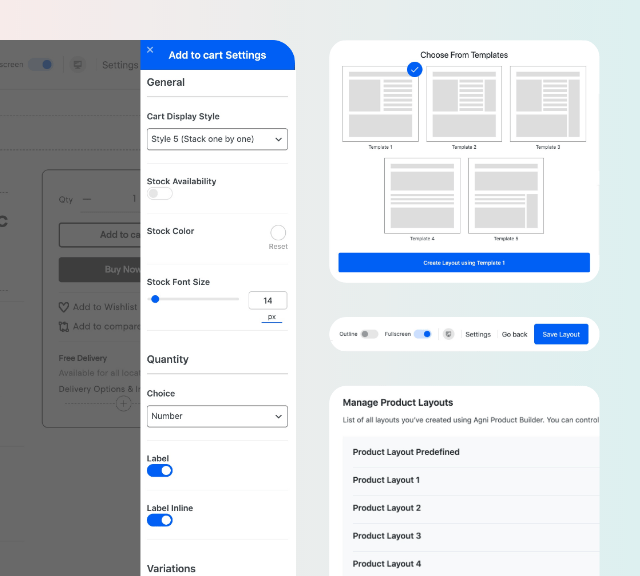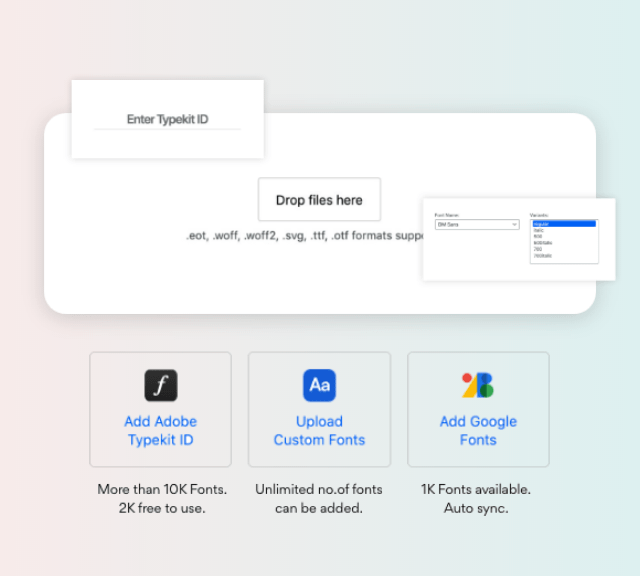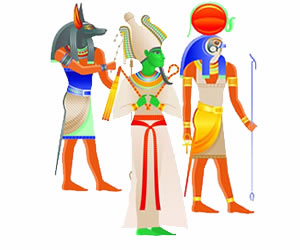Overview
From all-important deities to minor ones, Egyptian gods are an important part of literature. Some are more famous than others, but all have played a part in shaping the world’s history. In total, there are more than 50 named deities. Most were named during the pre-dynastic times.
In both literature and pictures, the gods’ appearance gives some indication of when they were formed. Early gods created by ancient Egyptian tribesmen were strongly associated with the animal world. Therefore, they are illustrated as half human, half animal. Most animals associated with the gods are common animals like birds, dogs, and cats. Others are portrayed as mythological creatures.
While they all take different shapes, the gods’ appearance (and descriptions) are mirrored closely by those the ancient Egyptians worshiped. In later mythology, gods appeared in more human-like form. Although they were still depicted as animal hybrids, they had fewer animal body parts. For example, many later gods are illustrated as a human figure with an animal head.
In Egyptian mythology, politics often play a role in the status of a god’s power and dominion. Therefore, certain gods and goddesses either became more powerful over time or lost their power. This is attributed to changes in Egypt’s political climate at the time the stories were written. Each region of Egypt had its own gods, and the success or failure of these deities closely mirrored the regional shift in power.
Certain themes appear commonly across Egyptian literature. One is the creation, and the other is afterlife. Many gods are first mentioned in the stories of creation. These stories attempted to describe the role of Egypt in the universe. Therefore, depictions of nature and weather patterns are common. Two prominent deities in the creation myths are Re and Nun. Re, the sun god, emerges from the chaotic seas called “Nun” to create mankind. Celebrations of the afterlife, complete with food, weapons, gifts, and other necessities, are also commonly found in Egyptian mythology.
Names & List
1. Anubis
Anubis was god of the dead, funerals, embalming, and tombs. He was originally the god of the underworld but was eventually replaced by Osiris. Anubis is often depicted with the head of jackal and body of a man.
2. Bastet
A cat or lion-headed goddess, Bastet was a protector of the home, and also a goddess of sensual pleasure. Bastet was a popular goddess in Egypt, and was a daughter of Ra and Isis.
3. Bes
Bes was a minor god in Egyptian mythology but had a number of roles. He was a god of war and protector of households, but was also affiliated with music, dancing and merriment. He was often depicted as a dwarf with long arms.
4. Geb
Geb was the Egyptian god of the Earth. He was born from Shu and Tefnut, two of the first gods in the Egyptian creation myth. Geb was commonly portrayed laying down with Nut, the sky goddess arched above him.
5. Hathor
One of the most popular or famous deities in Egyptian mythology, Hathor was the goddess of love, beauty and femininity. She was often viewed as having cow horns or the head of a cow.
6. Horus
Horus was a protector of the pharaohs and a god of falcons, skies, and war. From his position up high, he could look out over Egypt and protect the kingdom, and more specifically, its rulers.
7. Isis
Isis was the Egyptian goddess of healing, magic, marriage, and protection. She was commonly depicted as having cow horns on her head with a solar disk between them. She was important in Egyptian mythology as the mother of Horus.
8. Mut
Mut was a mother goddess who rose to prominence in the New Kingdom. She took on the attributes of several deities. She was viewed as a creator / primordial goddess, and was often shown with either vulture or lion features.
9. Nut
Known in Egyptian mythology as goddess of the sky, Nut was often represented as a cow or as having a human body and the head of a cow. Nut was also at times depicted as arching over the sky and heavens over her husband Geb.
10. Osiris
Osiris was a very popular Egyptian god. In Egyptian mythology, he began as a god of the Earth, but eventually became a god of the underworld, afterlife, and rebirth.
11. Nephthys
Nephthys was a goddess of air and daughter to Geb, the Earth god, and Nut, the sky goddess. Her siblings included Osiris, Set, Isis and Horus. She was also a protector goddess of souls during the death process.
12. Ra
Ra was the original creator god and god of the sun. Ra created a number of other gods including Shu and Tefnut, and Sekhmet, Bastet and Hathor as the Eye of Ra.
12. Seker
Like Anubis, Seker was a god of the dead. Seker had large cult followings in Memphis and Thebes, and a festival was held in April each year in Egypt.
13. Sekhmet
Sekhmet was a fierce lion goddess and part of the Eye of Ra. When Ra was enraged that people were disloyal to him, he would send Sekhmet to kill and slaughter them. When she was calm she became Hathor.
14. Thoth
Thoth was the god of knowledge. He was also known as a god of the moon. He had the form of a man with the head of an ibis.


























